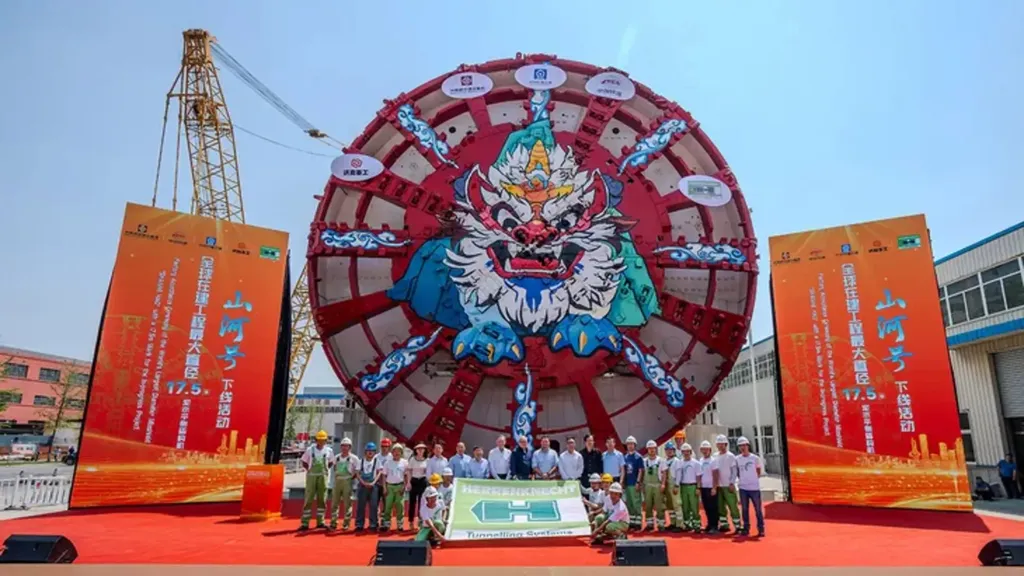In the world of tunnel engineering, water disasters have long been a persistent challenge, posing significant risks and costs to infrastructure projects worldwide. A recent review published in *Yantu gongcheng xuebao* (translated as *Journal of Geotechnical Engineering*) sheds light on the complexities of water disaster prevention in tunnel construction, offering insights that could reshape the industry’s approach to safety and efficiency.
Led by WANG Fuming from the State Key Laboratory for Tunnel Engineering at Sun Yat-sen University in Guangzhou, China, the research delves into the fundamental components of water disasters in tunnel engineering. According to WANG, these disasters are composed of three critical elements: the disaster source, water inrush channels, and waterproof rock structures. “The water disaster mechanism is currently unclear, making it difficult to achieve active prevention of disasters,” WANG explains. This lack of clarity underscores the urgent need for advanced technologies and materials to mitigate risks effectively.
The review highlights the strengths and weaknesses of various water disaster prevention materials. Non-water reacted polymer grouting materials, for instance, have shown remarkable success in sealing tunnel leaks and preventing water inrush. However, WANG notes that further research is needed to understand the multi-scale interaction mechanisms with rock and soil, as well as the diffusion laws under multi-field coupling conditions. “The development of modified polymers with special properties is also a key area for future exploration,” WANG adds.
One of the most compelling aspects of the research is its forward-looking perspective. WANG and his team propose three future development directions that could revolutionize tunnel engineering. These include the concept of tunnel life-cycle waterproofing, the development of a tunnel multi-disaster collaborative prevention system, and the theory and practice of resilient tunnels. “These directions aim to create a more robust and adaptive approach to tunnel construction, ensuring long-term safety and sustainability,” WANG states.
The commercial implications for the energy sector are substantial. Tunnels are crucial for infrastructure projects such as hydroelectric power plants, oil and gas pipelines, and renewable energy installations. Effective water disaster prevention can significantly reduce construction costs, project delays, and environmental impacts, making these projects more viable and profitable.
Moreover, the integration of advanced technologies like AI, 5G, the Internet of Things, and big data analysis into tunnel leakage detection systems could provide real-time monitoring and predictive capabilities. This would not only enhance safety but also optimize maintenance schedules, reducing downtime and operational costs.
As the industry moves towards more resilient and sustainable infrastructure, the insights from this research are timely and relevant. By addressing the fundamental challenges of water disaster prevention, tunnel engineers can build safer, more efficient, and more cost-effective projects. The review published in *Yantu gongcheng xuebao* serves as a call to action for the industry to embrace innovation and collaboration in tackling one of its most persistent challenges.

